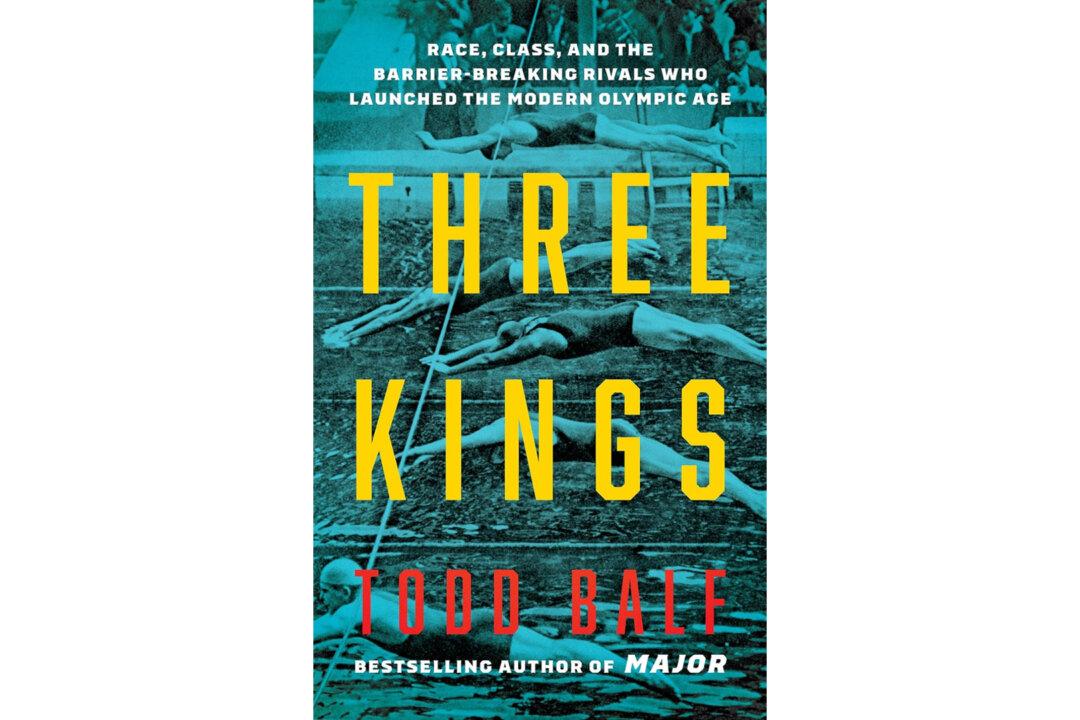A century ago, the modern Olympic Games were just 28 years old. The Games were held in Paris, just as they are in 2024. Then, as now, swimming was a star event.
The book “Three Kings: Race, Class, and the Barrier-Breaking Rivals Who Redefined Sports and Launched the Modern Olympic Age,” by Todd Balf, looks at the Games through one of the most thrilling races of the 1924 Games: the 100-meter sprint. Participating were three of the world’s fastest swimmers: Duke Kahanamoku, Johnny Weissmuller, and Katsuo Takaishi.






